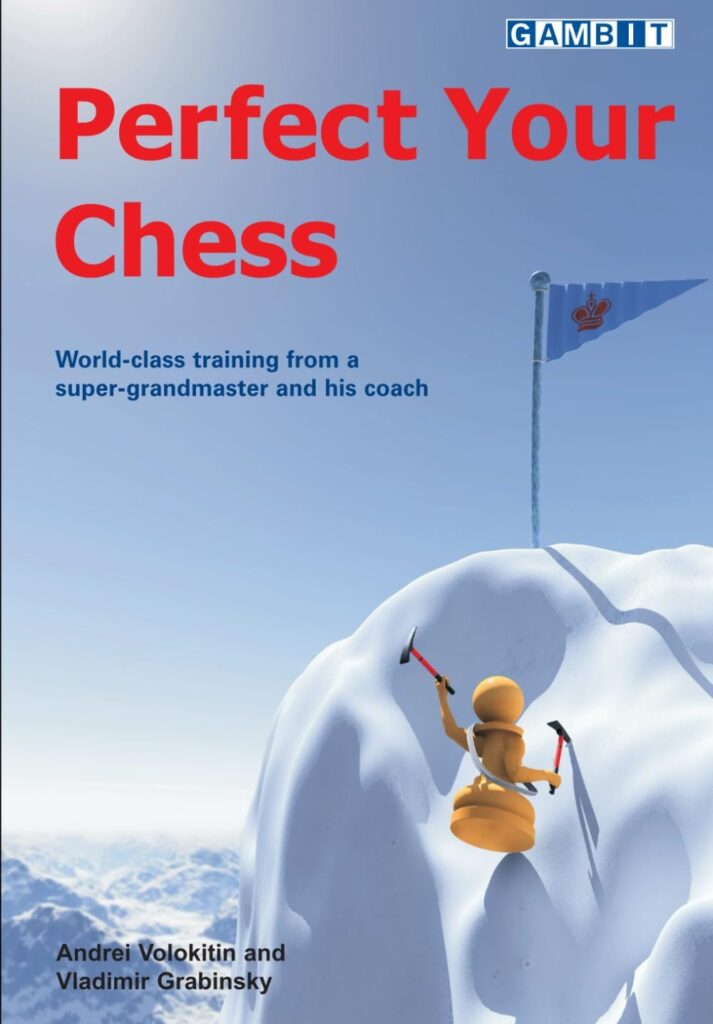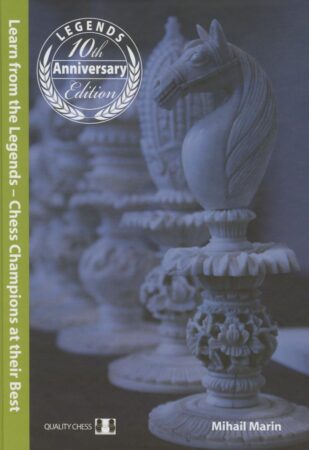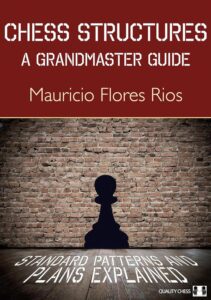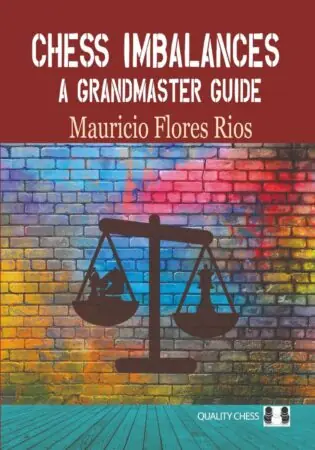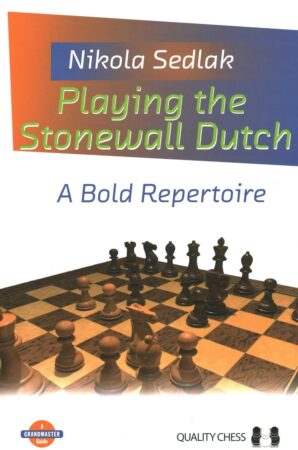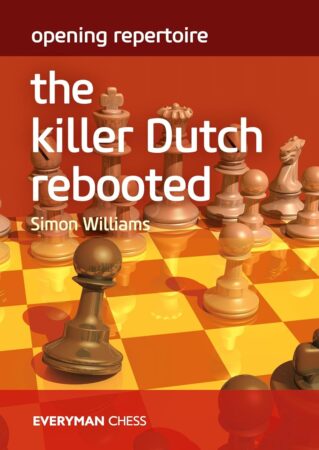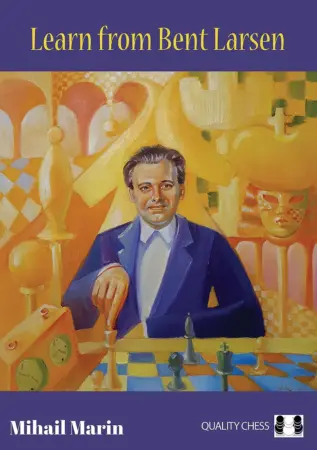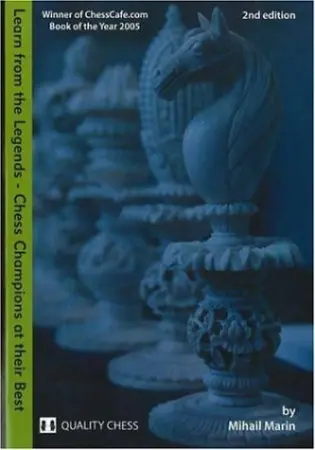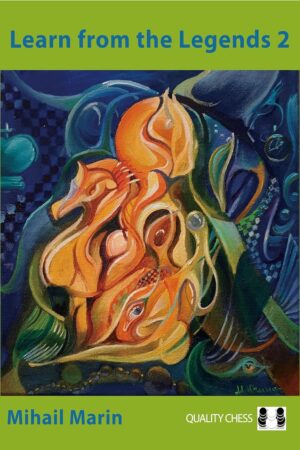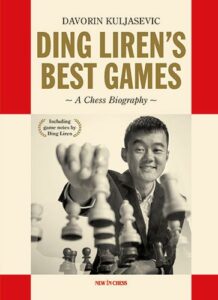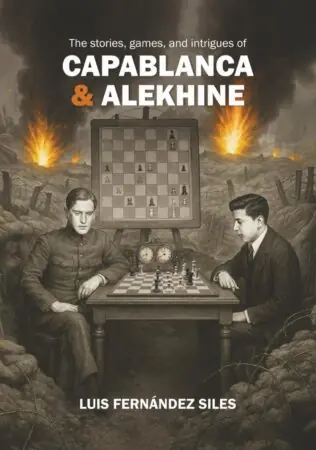Introduction
Perfect your chess is the perfect chess book for polishing the skills of advanced players. It’s not meant for beginners, but for those already familiar with the basic themes, patterns, and tactical motifs necessary to navigate complex problems. The book was written by a former top-20 player and one of the most successful chess coaches in history, making it an almost optimal training book. It’s here to develop your combinative vision, calculation, and imagination, in other words, it makes you better at using your brain during play.
“The authors obviously have an eye for beauty in chess, and have preserved many combinations that might otherwise have gone unnoticed. Highly recommended for players rated 2000+ who want to improve their calculation.” – James Vigus, British Chess Magazine
About the Authors

Andrei Volokitin and Vladimir Grabinsky are Ukrainian chess players and authors with accomplished careers. Volokitin has been a Grandmaster since 2001, and has since become a two-time Ukrainian champion and has competed in four Olympiads, winning team gold in 2004 and team bronze in 2012. He has been a member of the elite, reaching top-20 in the world. Grabinsky is an IM, and more known for his works and coaching.
He is the coach of the Ukrainian youth team and has had astonishing success throughout his career with many of his students becoming Grandmasters; Andrei Volokitin, the co-author of Perfect your Chess, Yuriy Kryvoruchko, Martyn Kravtsiv, the author of 400 Chess Strategy Puzzles, Yaroslav Zherebukh, Yuri Vovk, Andrey Vovk, Mikhailo Oleksienko, who has co-authored Turbo-Charge Your Tactics with Grabinsky, Nataliya Buksa, Vita Kryvoruchko, Myroslava Hrabinska and Kateryna Matseyko. IM Grabinsky has recently written Turbo-Charge Your Tactics 1 and Turbo-Charge Your Tactics 2, two great chess puzzle books, well suited to lower rated players as opposed to Perfect your Chess.
“Another book, useful to serious tournament players, comes from Andrei Volokitin, for a brief time in 2005 the world’s top-rated junior, and his coach, Vladimir Grabinsky. Their work Perfect Your Chess, issued by Gambit Publications, is a wonderful training book with nearly 370 positions from recent years, including 69 of Volokitin’s gems. It provides a rare glimpse into a workshop of one of the world’s most talented young grandmasters.” – GM Lubomir Kavalek, Washington Post
Problem Difficulty
Perfect Your Chess is a puzzle book that consists of 369 positions. Most of them were new in 2007, seldom or never found in chess literature before, and taken from games played after 2000. Each problem usually has only one correct solution, which is very refreshing. So you either solved it or you didn’t, almost no gray areas. If there is a viable alternative, it’s mentioned and the difference is explained. As explained in the introduction, each of the three parts of the book is arranged in ascending difficulty. The 100 problems in each chapter are divided thusly: first 40 for FM level, the next 40 for IM level, and the final 20 for GM level. The author also says: “…most of the readers are below this level. That doesn’t mean that the book is not for them. Far from it.” He points out that lower rated players shouldn’t be discouraged if they fail to solve a problem, or even all of them, but should tackle the book anyway.

“I am determined to solve this excellent training book from cover to cover…” – Jonathan Rowson, New in Chess
Quality of Annotations
The annotations in Perfect Your Chess are, perhaps surprisingly, very easy to follow. Usually only the solution is explained, which I personally find suboptimal. I prefer it when the author gives explanations to sensible alternatives and refutes them. However, the lines that are explained are done so concisely and clearly, in a way anyone could understand, making the book a viable learning resource even for those too weak to actually solve the problems on their own. The all-important text to variations ratio is great, and Volokitin and Grabinsky explain positions in words, going over ideas, and giving context.

Conclusion
Perfect Your Chess is perhaps still the best puzzle book for master-level players and those aiming for titles, despite having been written almost 20 years ago. Its unique approach to setting problems to readers makes it stand out from the crowd. Volokitin and Grabinsky are also a dream team of authors, and they managed to combine playing experience and coaching experience on the very highest level into an optimal work book for strong chess players. If you are strong and want to polish your skills, or if you want to develop tactical skills required to reach master level, read Perfect Your Chess.
Get the book on Amazon

